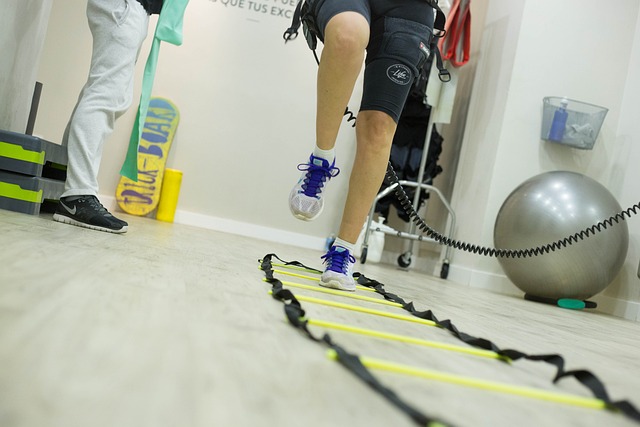Physiotherapy combines modern medical science, holistic health care, and ongoing education to improve a patient’s life. It’s often used to overcome the limitations imposed by injuries or disabilities. Physiotherapy relies heavily on the patient’s education and involvement throughout the treatment. Patients actively participate in their treatment by making necessary lifestyle changes and implementing treatment options even when at home.
The History of Physiotherapy at a Glance
Many experts agree that early Greek physicians were the original practitioners of physiotherapy. Some of their teachings include treatment options that are still encouraged in modern-day physiotherapy. It’s evident that physiotherapy existed in some form or another for more than 2,500 years, but it wasn’t until the 18th century that modern physiotherapists began to appear. These pioneers were aided by the production of medical machines that could be incorporated into long-term treatment plans. Over the next two centuries, these practitioners would continue to evolve to become the physiotherapists we are familiar with today.
What is the Role of a Physiotherapist?
In the majority of cases, a physiotherapist helps a patient overcome injury or disability. They can also help patients overcome physical hurdles caused by illness. Their treatments include a heavy portion of manual therapy and physical activity.
Are Physiotherapists Qualified?
Absolutely. Physiotherapists have spent years studying medicine, anatomy, and physiology. They have advanced degrees and they may be in multiple fields. Their expertise must also include the ability to effectively communicate with patients and educate them regarding their treatment. If you have the above qualifications, you might be interested in working as a physiotherapist assistant in schools.
Is Physiotherapy Really Needed in the Modern World?
Of course. Physiotherapy helps patients return to a normal lifestyle without relying entirely on prescription medications or risky surgeries. It helps patients regain flexibility, control, strength, and movement capabilities. Millions of people rely on physiotherapy every year and it will likely always be a relevant medical field.
What Are The Most Common Symptoms Treated With Physiotherapy?
Physiotherapy is frequently separated into different specialities associated with specific physical systems. Physiotherapists can treat a wide array of symptoms in their respective specializations. The major specializations include:
- Cardiovascular Specialist
- Neurological Specialist
- Respiratory Specialists
- Neuromusculoskeletal Specialists
Specialists in these fields can treat many different symptoms caused by injuries, diseases, or illnesses. The most common symptoms and conditions treated with physiotherapy include sports injuries, lower back pain, swelling, muscle dystrophy, joint stiffness, and limited range of motion.
What Duties Does a Physiotherapist Perform?
- Diagnosing medical conditions
- Creating unique treatment plans for specific limitations
- Maintaining a progress record for patients
- Educating patients regarding their condition and the importance of exercise
- Working closely with patients to overcome physical limitations
Are Other Medical Professionals Involved in the Treatment Process?
It is very likely. Physiotherapists tend to work with larger teams of medical professionals at their clinics or hospitals. This can include other therapists, doctors, and nurses. Records are shared between all of the different fields so that everyone is up to date on your condition, your progression, and your current medical needs. There are frequent meetings where multiple team members will discuss treatment plans for patients going forward. This ensures that you receive well-rounded, comprehensive treatment in all areas.
Where Can a Physiotherapist Practice Their Trade?
Similar to other medical professionals, a physiotherapist may work in a clinic, a hospital, in patients’ homes, or in an outpatient setting. It is entirely up to the physiotherapist and how they choose to proceed with their career. Many physiotherapists work in a combination of different places. Many of them are willing to visit a patient’s home to reduce the burden of travel and provide some level of comfort.



